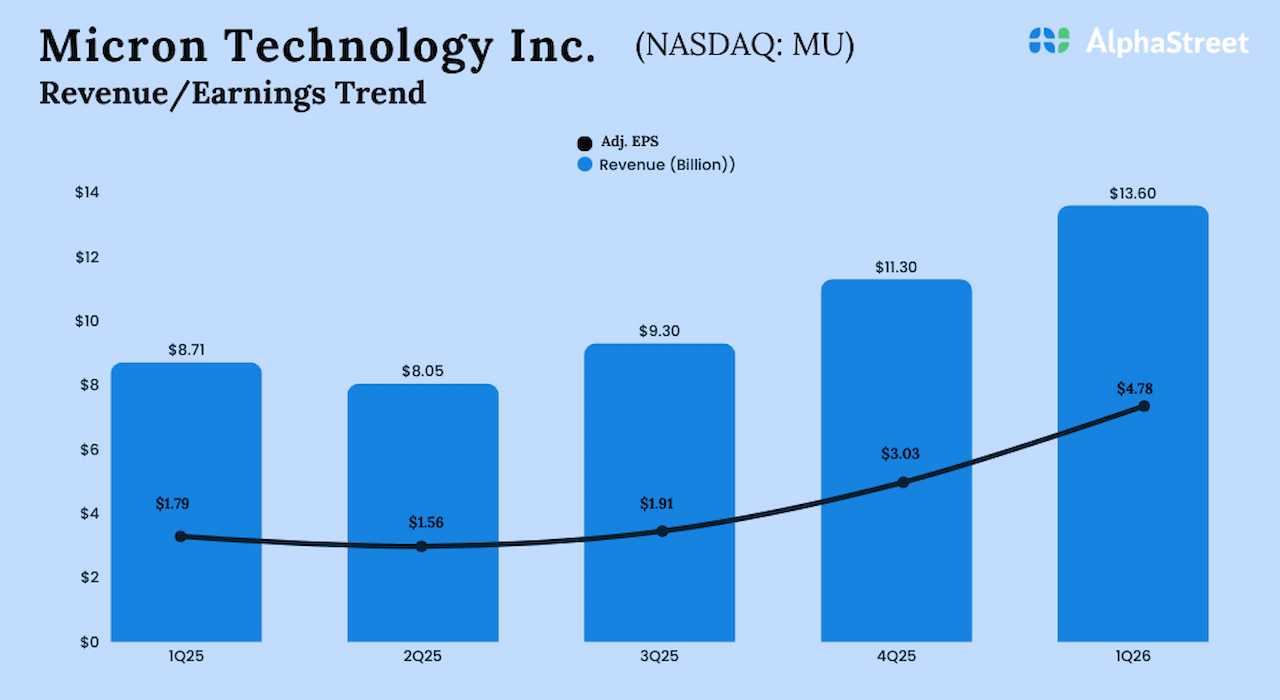Dollar-cost averaging (DCA) is one of the most popular investing strategies. Instead of investing a lump sum, retirees and everyday investors contribute smaller amounts regularly over time. Advocates say it reduces risk, smooths volatility, and helps investors stick with the market. But critics argue that dollar-cost averaging may be more psychological than mathematical. Is DCA really helping—or just calming nerves?
How Dollar-Cost Averaging Works
Dollar-cost averaging spreads investments over consistent intervals, such as monthly or quarterly contributions. When markets are down, more shares are purchased; when markets are up, fewer shares are bought. Over time, this lowers the average purchase price. The strategy is designed to avoid bad timing. For retirees, it offers structure and routine.
The Case for Dollar-Cost Averaging
Supporters highlight DCA’s ability to keep investors disciplined. Automating contributions removes emotion from decision-making. Retirees don’t have to guess the “right time” to buy—investments happen on schedule. This prevents paralysis or panic during market volatility. For many, the habit of steady investing builds long-term wealth.
Why Lump-Sum Investing Often Wins
Research shows that lump-sum investing usually outperforms DCA in rising markets. Money put to work immediately benefits from more compounding time. Retirees holding large cash balances may lose out by waiting. Statistically, lump-sum investors often end up wealthier. DCA trades potential gains for reduced anxiety.
The Psychological Advantage
While math may favor lump sums, psychology often favors DCA. Many retirees are nervous about volatility and fear market drops. Spreading investments out feels safer and reduces regret if markets fall. DCA encourages investors to stay in the game rather than sitting on the sidelines. The peace of mind has real value.
When Dollar-Cost Averaging Makes Sense
DCA works best for investors contributing from income, like paycheck deductions or retirement withdrawals. It’s also useful in highly uncertain markets where lump sums feel risky. Retirees who value routine and structure may find DCA the most sustainable option. Even if returns are slightly lower, the discipline is worth it. DCA is less about maximizing gains and more about ensuring participation.
Risks of Relying Too Much on DCA
Some retirees treat DCA as a foolproof shield against losses. But it doesn’t prevent losses—it only spreads risk. If markets trend downward for years, investors still lose money. Overreliance can also create a false sense of security. DCA is a tool, not a guarantee. Investors must still diversify and plan carefully.
Why the Debate Won’t End
Experts continue to argue whether DCA is a smart strategy or just a psychological crutch. In reality, both sides have merit. Lump-sum investing wins on paper, but DCA keeps more investors consistent in practice. Retirees must decide which matters more: maximum growth or peace of mind. Sometimes the best strategy is the one you’ll stick with.
Discipline Is the Real Benefit
Dollar-cost averaging may not always beat lump-sum investing, but it keeps investors engaged and disciplined. For retirees managing emotions as much as portfolios, that discipline is priceless. DCA helps avoid paralysis, panic, and poor timing. Whether it outperforms isn’t the only measure of success. In retirement, consistency often wins the race.
Do you use dollar-cost averaging in your portfolio—or do you prefer lump-sum investing? Which strategy feels right for you?
You May Also Like…
Is Your Financial Dashboard Lying With Averages?
Is a Laddered CD Still Beating Your HYSA After Taxes?
8 Annuity Payout Options That People Regret Choosing
10 Inflation-Hedge Moves That Don’t Require Complex Investments
Could a “Money Date” Save Your Marriage More Than Counseling?

























